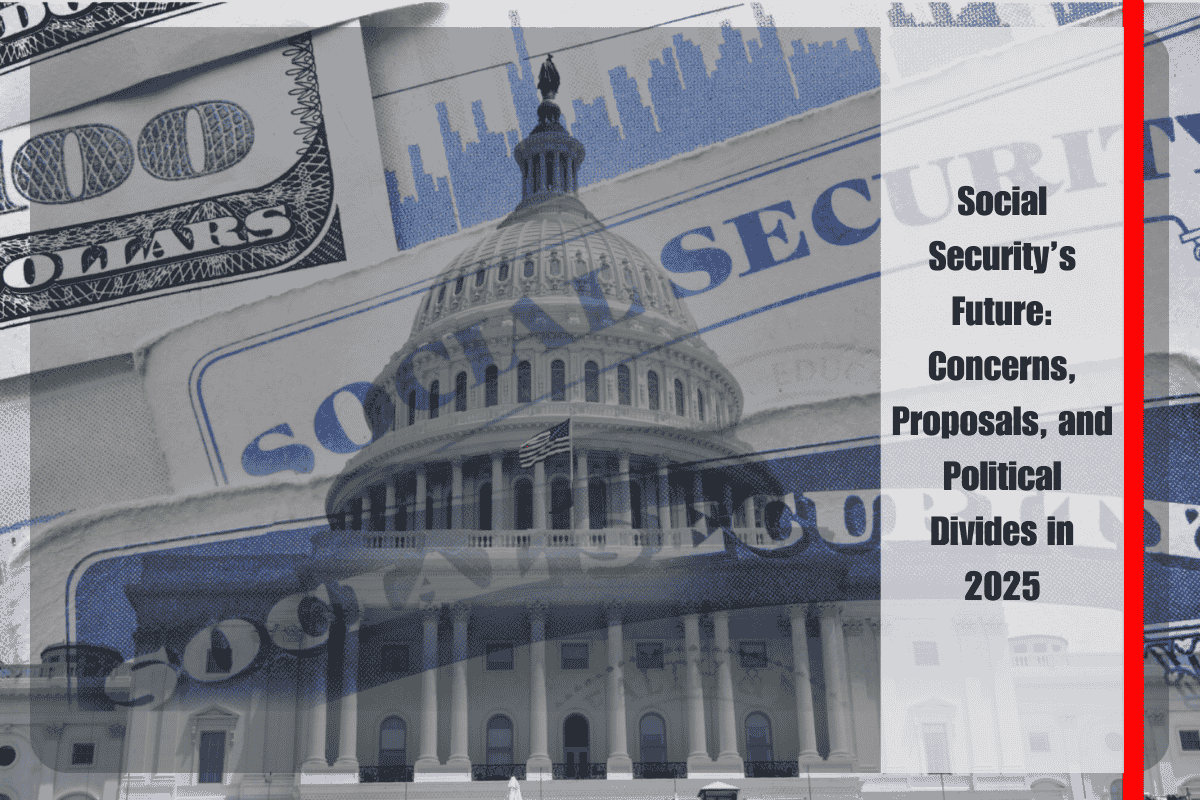The latest forecast from The Senior Citizens League (TSCL) projects that Social Security beneficiaries could receive a 2.7% cost-of-living adjustment (COLA) in 2026, marking a slight improvement from previous projections. The updated estimate, released on August 12, takes into account the most recent inflation data and reflects a 0.2% rise in the Consumer Price Index for All Urban Consumers (CPI-U). This figure indicates a 2.7% year-over-year increase in inflation before seasonal adjustments, which is a shift from the much higher levels seen during the COVID-19 pandemic.
The official COLA for 2026 will be determined by the Social Security Administration (SSA) in October, once the average inflation rate for the third quarter (July, August, and September) is calculated and compared to the same period in 2024. However, with the current 2.7% estimate, beneficiaries can expect a modest increase in their monthly benefits next year.
For example, if the average monthly Social Security benefit in July 2025 is $1,863.12, a 2.7% COLA would result in an additional $50.30 per month, bringing the new monthly benefit to $1,913.42 starting in January 2026. This increase would offer some relief for retirees and disabled individuals, but it is still significantly smaller than the more substantial adjustments seen in the past few years as the economy recovers from the pandemic’s impact.
While a higher COLA would be welcomed by seniors, many remain concerned that the adjustment does not fully reflect the inflation they experience. According to TSCL executive director Shannon Benton, “Seniors across America are holding their breath,” with some expecting disappointment. Research from TSCL shows that many seniors feel the COLA formula underestimates their cost of living, particularly in areas like housing, medical care, transportation, and groceries—expenses that account for over 85% of spending among those aged 62 and older.
Policy analyst Mary Johnson pointed out that the Consumer Price Index for Urban Wage Earners and Clerical Workers (CPI-W), which the SSA uses to calculate COLA, is weighted differently than the general CPI-U. The CPI-W often does not fully capture the expenses most relevant to seniors, which is why the price increases in essential categories like healthcare and housing remain high for older Americans.
As the COLA announcement approaches in October, Social Security recipients are anxiously awaiting the final figures that will determine their benefit adjustments. While a 2.7% increase would provide some financial relief, many seniors may still feel that the COLA does not fully account for the economic pressures they face daily.












